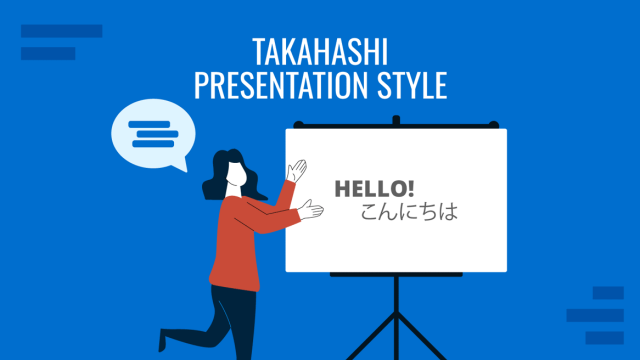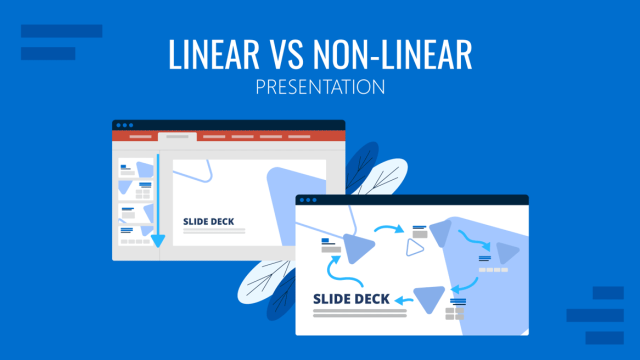
Public speaking is often measured by how clearly you explain an idea, but clarity comes not from piling on details but from how you organize them. The Chunking Technique is the practice of breaking complex material into smaller, digestible sections. Instead of overwhelming your audience with an unbroken stream of information, you give them manageable chunks they can process in real time.
This method is rooted in cognitive load theory, which shows that the human brain has limited working memory capacity. When too much data arrives at once, the mind struggles to retain it. Chunking reduces that load, allowing your audience to absorb, connect, and remember your points. Far from simplifying your message to the point of dilution, the chunking technique of presentation structure gives your ideas strength by making them easier to follow.
Why Chunking Strengthens Comprehension
During a presentation, your audience processes information as you deliver it. If you present long lists, dense explanations, or multiple layers of data without breaks, listeners quickly hit their cognitive limit. That’s when attention drifts. Chunking provides natural stopping points.
From a neurological perspective, each “chunk” acts as a package of related knowledge. By grouping details, you reduce mental clutter and help the brain encode material into memory. This is why training programs and technical seminars often rely on modular lesson plans; the same principle applies to your slides.
Overall, it’s complementary to what we saw in the application of the Feynman Technique for Presentations: While chunking organizes information into clear, digestible sections, the Feynman approach ensures each chunk is deeply understood and communicated in plain language. In essence, if you can’t explain a concept simply, you don’t understand it well enough to present it. Applying both methods means you first master the idea through simplification (Feynman) and then structure it for audience retention (chunking).
When to Use the Chunking Technique
Not every presentation requires chunking, but the technique is indispensable when dealing with:
- Training presentations: Complex processes can be grouped into phases. For example, a software tutorial might break into “Setup,” “Execution,” and “Troubleshooting” chunks, each with its own slide set.
- Technical presentations: Dense data sets can be divided into thematic categories. Instead of one overwhelming chart, show three simpler visuals; each explained in sequence.
- Change management or onboarding sessions: Employees absorb new policies more effectively when broken into “what,” “why,” and “how” sections.
The key is to decide where the mental breaks should occur. Each chunk should carry one core idea, supported by a small number of visuals or facts.
Visualizing Chunked Slides
Visual design is critical to chunking. A cluttered slide defeats the purpose. Instead:
- Use three or four key points per slide. This aligns with research suggesting working memory comfortably handles 4 +/- 1 items at a time.
- Create slide sequences. For instance, instead of one slide with ten bullet points, show three slides with three points each, supported by icons or diagrams.
- Apply progressive disclosure. Reveal chunks step by step using transitions so the audience processes one unit of information before moving on.
This approach aligns with how audiences naturally scan visuals: left to right, top to bottom, giving them a rhythm that matches your verbal delivery.
Final Words
The idea is not to leave material out when implementing The Chunking Technique. It’s about giving your ideas the best chance to land. By breaking content into digestible sections, you respect both the science of memory and the limits of attention.
Once integrated into your delivery style, chunking stops feeling like a technique. It becomes your natural way of structuring information: measured, clear, and impactful.


